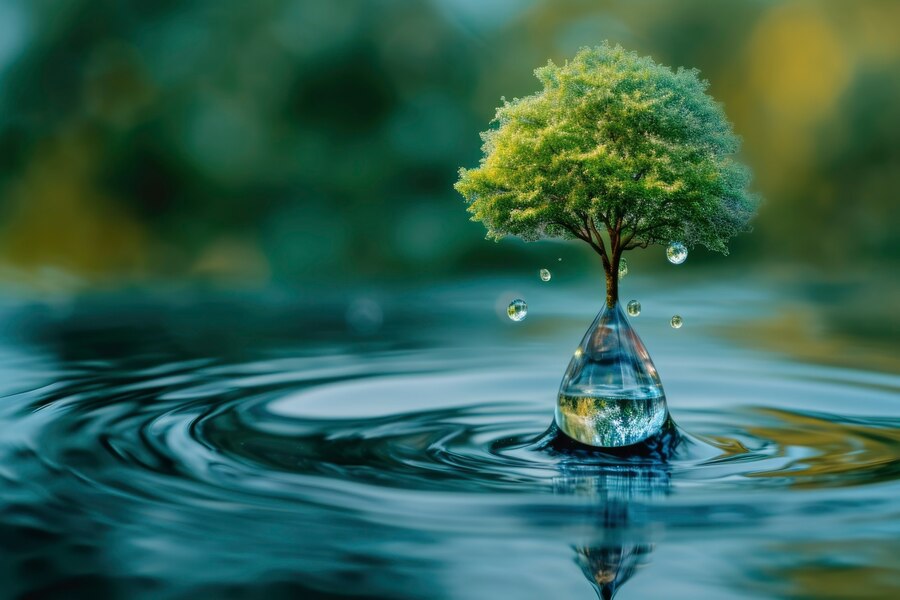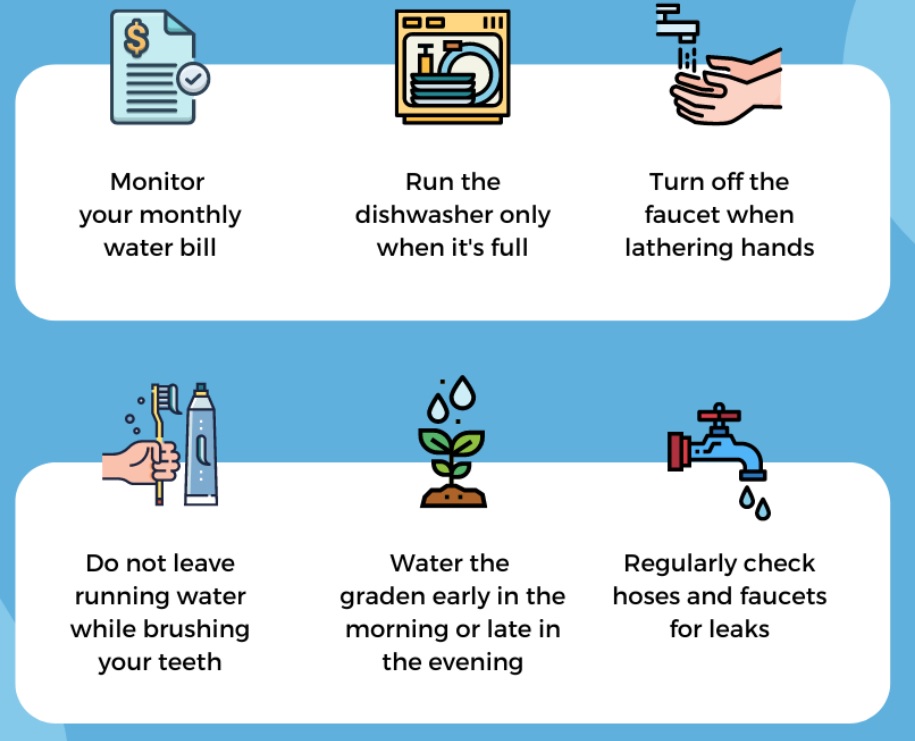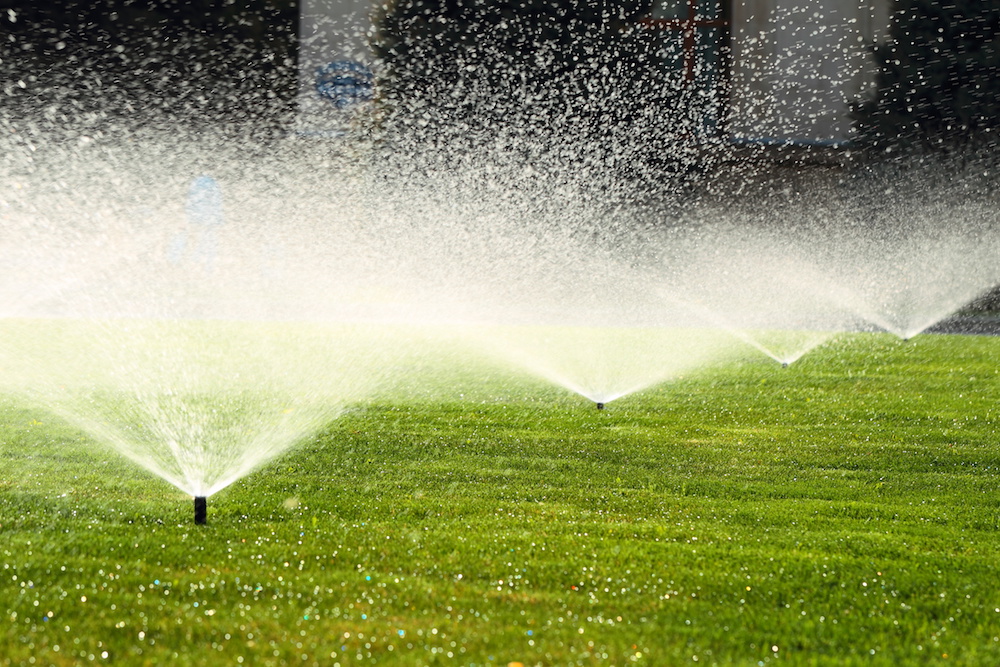
Introduction
Water is a vital resource for all life on Earth, and we must adopt water-saving strategies to ensure its preservation. From indoor to outdoor usage, implementing practices like fixing leakages and utilizing water-efficient appliances can significantly reduce water consumption. These simple steps not only lower water bills but contribute to long-term sustainability by conserving freshwater resources.
Case of water
The Earth’s surface is mostly covered by water, with approximately 71% of its surface area being water. The majority of this water, about 97%, is saline water from the oceans, making it unfit for direct consumption due to its high salt content. The remaining 3% of the Earth’s water is found in rivers, lakes, ponds, and streams, and this freshwater is suitable for drinking and other essential purposes. Water is a vital resource for human life, serving as a fundamental necessity for drinking, cooking, bathing, washing, and various other daily activities. Without an adequate supply of clean water, human survival becomes impossible. Therefore, we must conserve and protect our freshwater sources to ensure the health and longevity of both ourselves and the planet.
Precautions
Implementing water-saving practices at home is essential. Start by fixing leakages in pipes and taps to prevent wastage. Installing water-efficient appliances like Ro systems and greywater recycling systems can further reduce usage. Additionally, practicing rainwater conservation through techniques like collecting rainwater in barrels can supplement underground water sources.

Fix Leakages: Households should fix leakage around their pipes and taps to avoid wasting water by drops.
Close your faucet: Remember to close the faucet when you have finished brushing your teeth, shaving, and washing the dishes.
Low flow of water: To minimize water wastage caused by overflow, it is crucial to maintain a low flow rate. This helps to control the amount of water being used and prevents unnecessary overflow.
Install water displacement device: By installing a water displacement device in your toilet, you can significantly reduce the amount of water used for each flush. This simple yet effective device helps conserve water with every flush.
Use the washing machine only when it’s full: It’s best to maximize the capacity of your washing machine by washing a full load of clothes.
Recycle your used water: Reusing water helps to conserve water and reduce excess consumption.
Use the Steam method: When preparing meals, consider steaming vegetables instead of boiling them. By choosing steaming over boiling, you can conserve water.
Reuse cooking water: Make a reuse of cooked water to avoid excess water.
Maintain your irrigation system: Make adjustments to your irrigation system to reduce water evaporation and minimize water loss.
Rainwater harvesting: Collecting rainwater in a barrel or cistern at your home can be a sustainable way to conserve water.
Aeration nozzle: Make sure to direct air into bins, hoppers, or silos to help with material flow issues, such as bridging and rat-holing, caused by design errors or by the characteristics of the powder or granules being handled.

Conclusion
To achieve long-term sustainability, we must prioritize preserving water resources through effective policies and regulations. By reducing usage at home, implementing water-saving technologies in agriculture, and adopting practices like maintaining water temperature and using native plants in landscaping, we can ensure the conservation of this precious resource for future generations. Remember, every drop saved contributes to a greener, more sustainable future.


